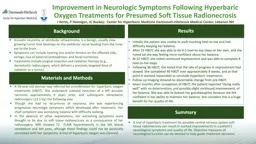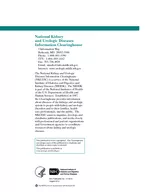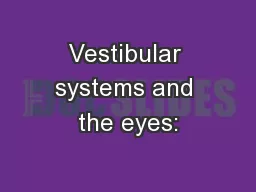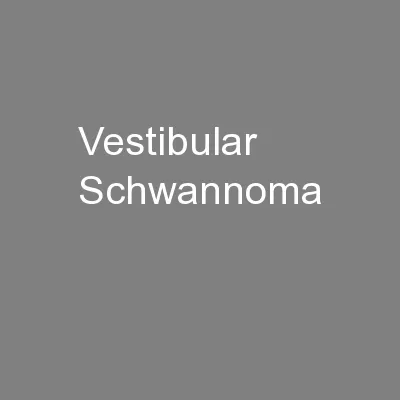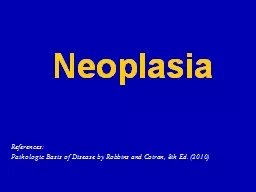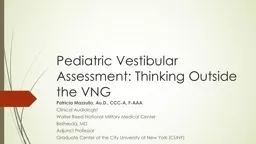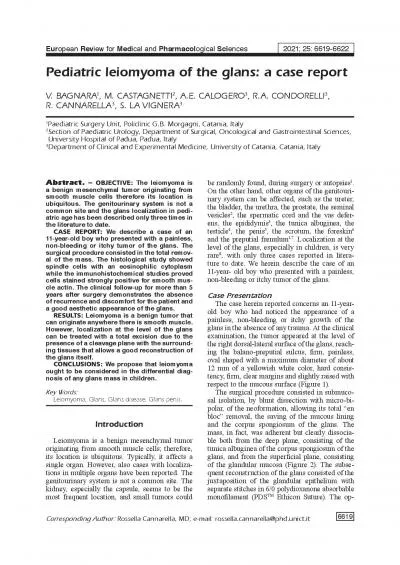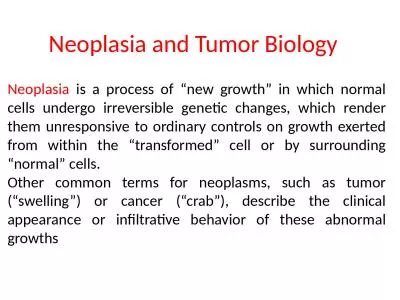PPT-Results Acoustic neuroma, or vestibular schwannoma, is a benign, usually slow growing
Author : dorothy | Published Date : 2022-06-15
Symptoms can include hearing loss andor tinnitus on the affected side vertigo loss of balanceunsteadiness and facial numbness Treatments include surgical resection
Presentation Embed Code
Download Presentation
Download Presentation The PPT/PDF document "Results Acoustic neuroma, or vestibular ..." is the property of its rightful owner. Permission is granted to download and print the materials on this website for personal, non-commercial use only, and to display it on your personal computer provided you do not modify the materials and that you retain all copyright notices contained in the materials. By downloading content from our website, you accept the terms of this agreement.
Results Acoustic neuroma, or vestibular schwannoma, is a benign, usually slow growing: Transcript
Download Rules Of Document
"Results Acoustic neuroma, or vestibular schwannoma, is a benign, usually slow growing"The content belongs to its owner. You may download and print it for personal use, without modification, and keep all copyright notices. By downloading, you agree to these terms.
Related Documents

